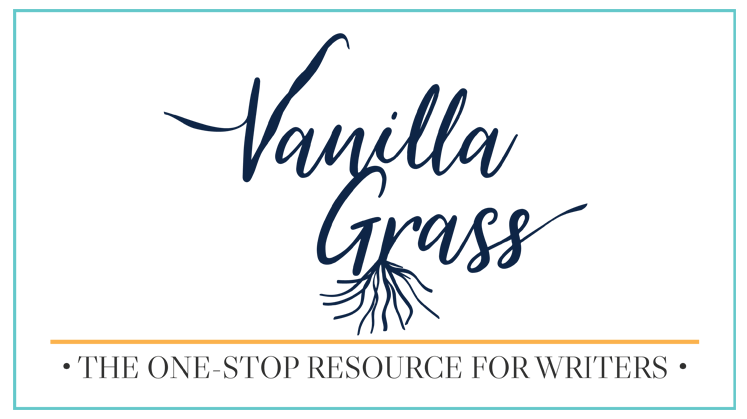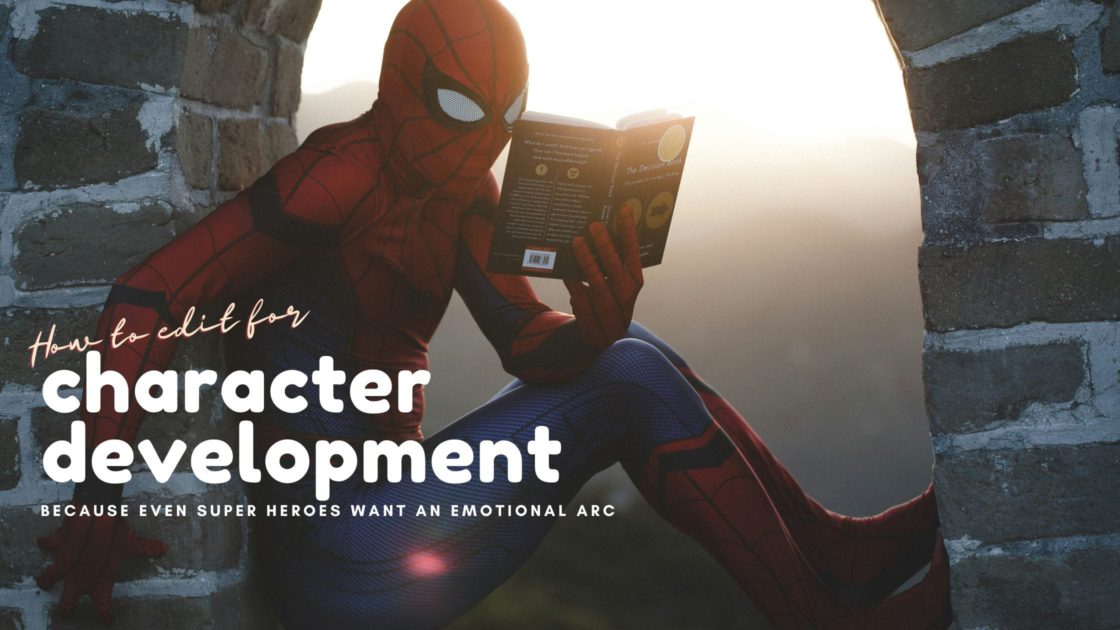After last week’s silly (but hopefully helpful) post on developmental editing with story theme, we’re going to be taking a look at character development.
If a novel’s theme is the bones holding a story up, character development is the ligaments connecting the bony theme together and giving it movement.
What is character development?
Character development is the emotional growth journey your characters go on throughout your novel. With the exception of hero stories like Captain America, this journey should not be stagnant. In tragedies, your character digresses (often after some success at first) and in HEA’s (happily ever afters) they progress after many setbacks.
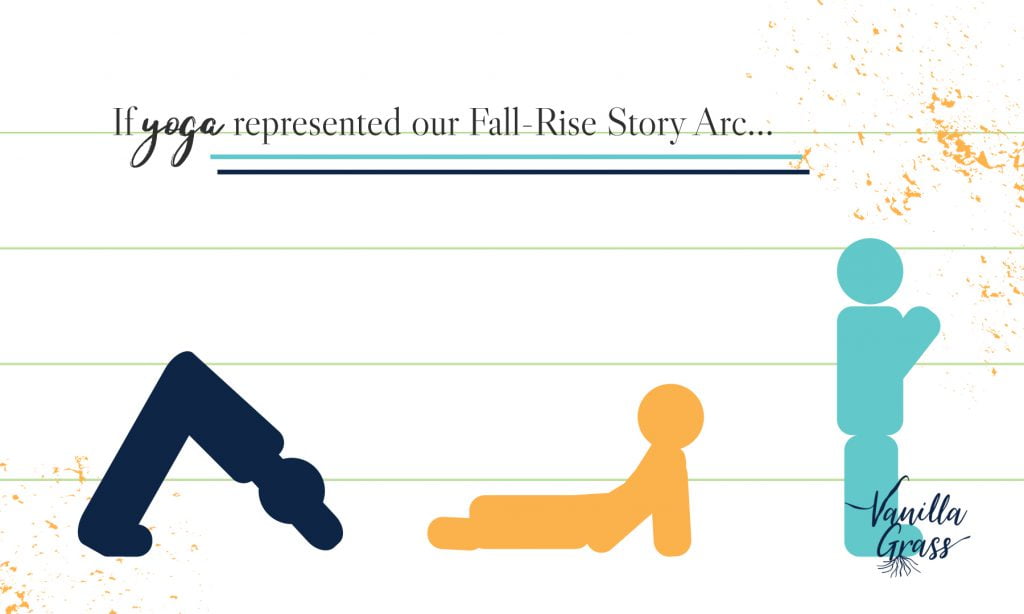
What are character-driven stories?
Character-driven stories are stories where the character’s personal thoughts and actions change the course of the story. Think Pride and Prejudice where every character’s personal choices and feelings affect everyone else’s. Romances are almost always character-driven.
The converse is plot-driven stories. Think Godzilla. He’s going to terrorize Tokyo and need to be stopped no matter what anyone else feels on a personal level. Action/hero stories are almost always plot-driven.
Often, stories combine the two for action-adventure, heart-rending books that make for awesome reads. But only if you get the character development right. It’s also one of the things that, if done poorly, can make your book fall flat with readers.
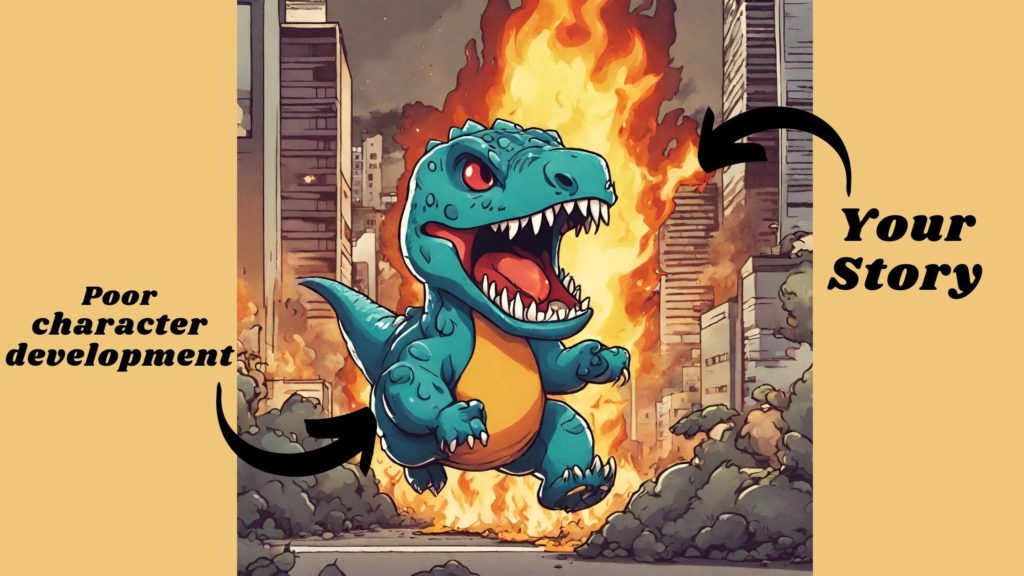
If you get feedback like “I was disappointed,” “I just didn’t connect with…,” or “I wanted more from the character,” your character development is probably lacking. So what are some methods you can use to make sure your characters are on the correct arc and you’re using that to your full advantage?
The five steps to perfect character development in a story:
Getting your character development in order is not as hard as it sounds. It just requires some focus on what’s most important to your story. Here are five ways to get your character development on track while completing a developmental edit:
1. Get to know your character.

Now, I’m not one of those who believe you need to know what kind of toothpaste they use and what their grades were in kindergarten, but I do think there are some vital pieces of information you should know to make sure your character development is consistent and compelling.
- First, what is your character’s belief about the theme you chose?
- Where do they start and where do you want them to wind up by the story’s end?
And second, what is their false truth? If they’re the MC this will usually reflect the theme. A false truth is an inherently untrue lie they tell themselves that guides all their decisions at first. Think “all dogs bite” or “women can’t be trusted.” This will be the hinge your character swings on as they learn and grow throughout the plot.
2. Make sure your character’s motivations are clear in every chapter.

Don’t assume your audience can tell what your character is feeling because it’s obvious from the situation. People are incredibly different, as are their upbringings and reactions. If the reader doesn’t understand why your character is behaving in a certain way or making the decisions he is, they’re going to feel disconnected and frustrated with the story. If you’re not sure how to do this, you can start by writing what your character is thinking/feeling about the theme/relationships/plot of the book at the top of each chapter, then making sure that’s clear in each scene.
3. Make sure your character’s motivations are changing.
In most stories, your character should be climbing or sliding, Chutes and Ladders-style, though perhaps with a little more direction and purpose. If you’ve written the main feelings and thoughts of your main character(s) at the top of your chapters, pull them into a separate doc and make sure they’re progressing or digressing accordingly. Also, look to see if they make sense.
4. Explore the effect of your character development on major plot points.

If your character is on a roller coaster of emotions and the plot doesn’t notice, you may be writing a plot-driven story. This is fine if that’s what you want. If you were aiming for a character-driven story or a hybrid, you may have some work to do. Look at the climax first.
- How did your character get there?
- Did they take any steps to help the plot make it that far?
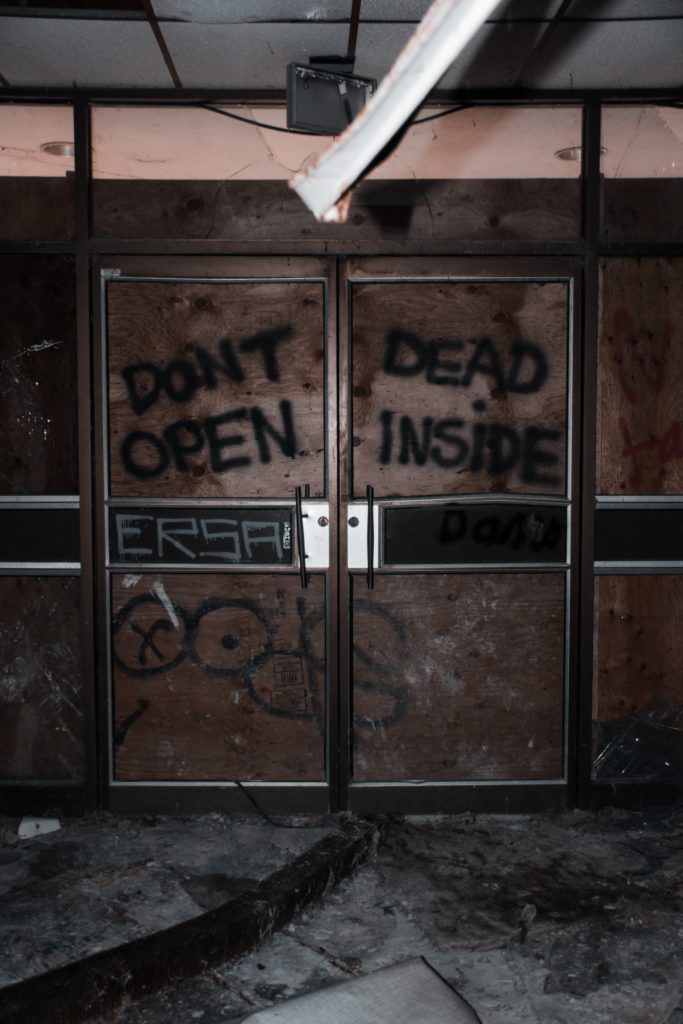
One major pitfall I see in stories is the main character becoming a bystander. If you’re MC is watching the world pass by and not engaging in a meaningful way that causes change, there’s a potential problem. Go through each major plot point or even chapter and ask yourself if your main character affected the plot with a decision or action.
If the answer is no to any of them, question:
- how integral is this scene to the story?
- Can it be cut?
- If not, how can you make it more meaningful to your character’s personal journey?
5. Check back with your book’s theme.
Remember last week when we talked about how every story needs a theme so they don’t become a skin bag? (No? You should check it out so if for no other reason, I don’t sound like a crazy person when I say that.) Well, good news. All that stuff is still true this week. And your character’s development should mirror what you’re trying to convey in the theme. To ensure this lovely balance is present, look at your character’s arc and make sure it reflects what you’re trying to convey. Also, make sure it’s consistent.
An example of character development and theme gone awry:
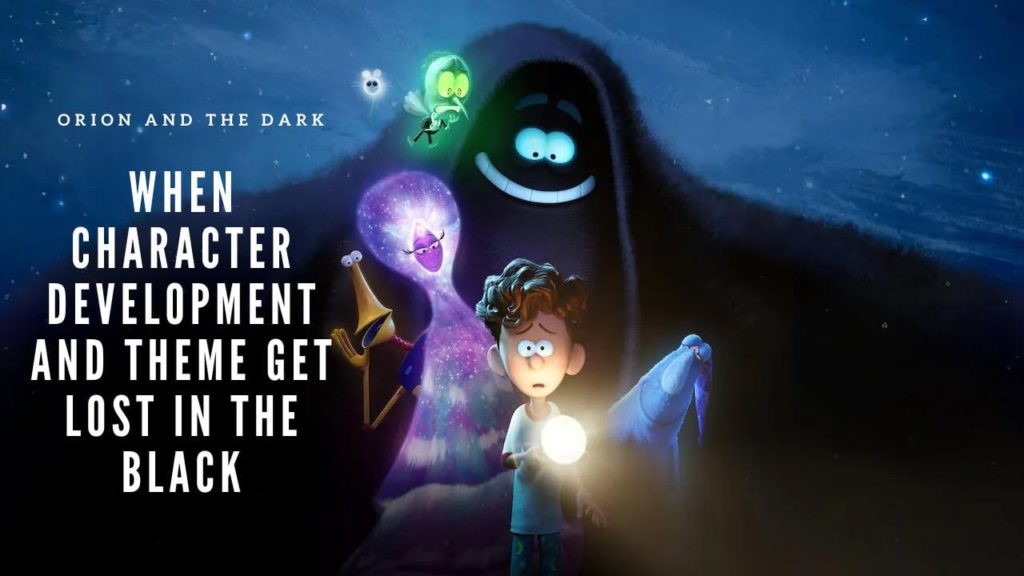
I watched the movie Orion and the Dark with my 7-year-old recently. My experience? Dismay as the theme, character development, and story changed their mind partway through. What started as a story about overcoming fear and embracing the beauty of things we don’t understand shifted suddenly to a father-daughter relationship and the need for stories to be diverse enough that they don’t always require a happy ending.
The final third was a toggle between the two without really satisfying either one. The kid-turned-dad still said he feared the dark, the character he developed a dear relationship with, though he never explained why. The girl’s desire for a complex story that didn’t end happily was subsumed by her need to jump into the story and end it, well, happily. Not to mention the several other incomplete themes that were introduced and abandoned.
Now, I’m not bringing up this movie to dog on it as a whole. There were cute moments. But I wanted to give an example of what can happen without a clear theme that’s anchored by character development in a story. If you’re not sure if your character arc is correct, check with the theme and get them back on track! Or if it truly is character-driven, consider adjusting your theme to match what they truly believe. Author’s choice!
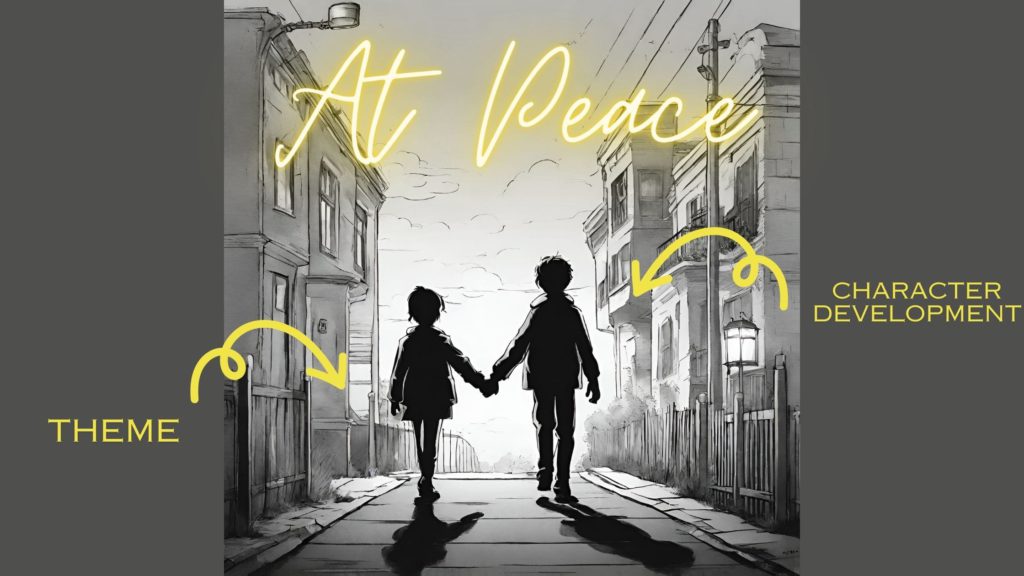
Character development as part of a developmental edit conclusion:
Make sure you do these five points and you’re often to a fantastic character-driven novel. Still not sure if you’ve got your character arcs down pat? This is a great place for beta readers! They can usually spot when something feels off or disappointing, even if they’re not sure why! Check in next week for the muscles I’ve been promising! 💪
That’s right, we’ll be going over how to make sure your scene is a scene!
And don’t forget to check out our ultimate guide to plot structure or story graphing calculator to help make sure your story is a best seller!
Do you have a best practice you use when developmental editing or ensuring your character development is on point? Share below, I’d love to hear!
